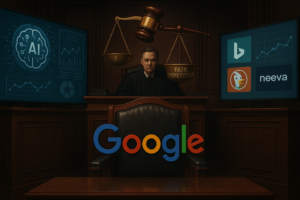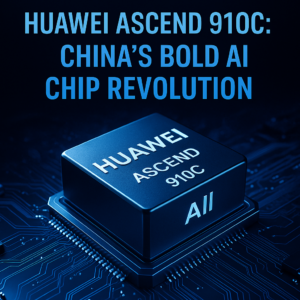The Rise of AI-Generated Images: Unveiling the Sydney Opera House Hoax
As artificial intelligence continues to evolve, so does its capability to create hyper-realistic images. This article explores a recent incident involving an AI-generated image of the Sydney Opera House, shedding light on the implications of such technology for authenticity in the digital age.
In an age where artificial intelligence (AI) is revolutionizing various industries, the manipulation of visual content has become an intriguing topic of discussion. Recently, a viral image claiming to depict the underside of the iconic Sydney Opera House circulated on social media, sparking curiosity and confusion. However, investigations reveal that this image was not an authentic photograph but rather a product of AI-generated imagery.
The image in question showcased multiple levels of the Sydney Opera House, leading many to believe it was a genuine representation of the structure. Yet, upon further examination, fact-checkers quickly declared the claim false. Using advanced AI detection tools like Hive Moderation, analysts determined there was a staggering 99% probability that the image was artificially created. This incident serves as a stark reminder of the capabilities of generative AI and the potential for misinformation it carries.
The origins of the image can be traced back to an account dedicated to sharing AI-generated visuals, which explicitly states its goal of showcasing innovative digital creations. This raises significant questions about the ethics of sharing AI-generated content as authentic representations of real-world objects or locations. With the rapid advancement of AI technologies, users must remain vigilant and discerning when encountering visually striking content online.
The Response from Sydney Opera House
The Sydney Opera House itself responded to the circulating image, affirming that it was not an authentic depiction of the landmark. A spokesperson noted, “The image currently circulating on social media is AI-generated and not an authentic photograph, illustration, or depiction of Sydney Opera House, either below or above ground.” Such statements are crucial in maintaining the integrity of cultural landmarks and ensuring that the public is not misled by artificially crafted visuals.
Moreover, fact-checking organizations like AAP Fact Check have pointed out discrepancies in the skyline presented in the image, further affirming its artificial nature. These findings underline the importance of cross-referencing information and images, especially in a digital landscape increasingly dominated by AI capabilities.
The Implications of AI-Generated Content
As AI technology continues to advance, the implications for how we perceive and trust visual content are profound. The ability to generate hyper-realistic images challenges the notion of authenticity and raises ethical questions about the boundaries of creativity and deception. This incident with the Sydney Opera House serves as a cautionary tale for users to critically evaluate the content they encounter on social media, encouraging a more informed and skeptical approach to digital media consumption.
While the capabilities of AI in generating images can lead to innovative art and design, they can also contribute to the spread of misinformation. As technology progresses, it becomes imperative for both creators and consumers to engage with digital content responsibly, fostering a culture of critical thinking and authenticity in the age of artificial intelligence.


